Assessment of Debris Flow Risk Factors Based on Meta-Analysis—Cases Study of Northwest and Southwest China
Abstract
1. Introduction
2. Methods
2.1. Meta-Analysis
2.2. Procedures
2.2.1. Data Collection
2.2.2. Selection of Risk Factors for Debris flow
2.2.3. Data Analysis
3. Results
3.1. Overview of the Dataset
3.2. The Influence of Six Factors on the Risk of Debris Flow
3.3. Summary of Results
4. Discussion
- When selecting research samples, try to select samples from areas with similar geological environments or similar geographical locations to the area under evaluation.
- In the selection of evaluation factors, risk factors with the characteristics of the region must be first removed, then the risk factors with more universal, quantifiable, and obvious digital characteristics can be selected.
- When the effects of several risk factors are roughly equal, meta-analysis can be conducted for these risk factors after sample expansion.
- Find a better way to eliminate the size impact, so that other debris flow risk factors have more obvious digital characteristics, and then can carry out meta-analysis.
5. Conclusions
- In this study, meta-analysis was applied to the study on the relative importance of debris flow risk factors, and the analysis results were accurate, which can provide a reliable basis for the selection of debris flow risk factors in debris flow risk assessment.
- The proportion of each influencing factor in northwest China is as follows, MHD accounts for 26.8%, SMC for 21.9%, MDP for 19.5%, RLS for 14.6%, DA for 9.7%, and LMC for 7.5%. Additionally, in southwest China, MHD accounts for 26.7%, MDP accounts for 22.2%, SMC for 17.8%, RLS for 13.3%, LMC for 11.1%, and DA for 8.9%. The MHD provides the dynamic condition for the generation of debris flow, which undoubtedly becomes the factor with the greatest impact on the debris flow in southwest and northwest China. It is suggested that this factor should be taken as a necessary factor in risk assessment. Given that debris flow occurs in different regions, the selection of risk factors is closely related to the region where the debris flow occurs. When screening risk factors, it is suggested to select the factors with the highest influence degree according to the influence degree in the meta-analysis results, and then select other influential factors with their own characteristics in the risk evaluation area.
- The application of meta-analysis to the screening of debris flow risk factors is a new attempt. However, other influencing factors, such as vegetation, human activities, etc., lack obvious numerical and quantifiable features and cannot be analyzed. There are still some problems to be further explored, for example, how to quantify and digitize these factors for meta-analysis, and how to avoid problems caused by human factors (such as sample selection and sample size) effectively.
- The advantages of meta-analysis are obvious. In the future, meta-analysis can be applied to disaster risk assessment of landslide and CSC, rockburst prediction and other factors requiring artificial selection. The methods mentioned above to reduce errors due to human factors also need to be taken into account.
Author Contributions
Funding
Conflicts of Interest
References
- Santi, P.M.; Hewitt, K.; Van Dine, D.F.; Barillas Cruz, E. Debris-flow impact, vulnerability, and response. Nat. Hazards 2010, 56, 371–402. [Google Scholar] [CrossRef]
- Yu, M.; Huang, Y.; Deng, W.; Cheng, H. Forecasting landslide mobility using an SPH model and ring shear strength tests: A case study. Nat. Hazards Earth Syst. Sci. 2018, 18, 3343–3353. [Google Scholar] [CrossRef]
- Dilley, M.; Chen, R.S.; Deichmann, U.; Lerner-Lam, A.L.; Arnold, M.; Agwe, J.; Buys, P.; Kjekstad, O.; Lyon, B.; Yetman, G. Natural Disaster Hotspots: A Global Risk Analysis; The World Bank: Washington, DC, USA, 2005. [Google Scholar]
- Dowling, C.A.; Santi, P.M. Debris flows and their toll on human life: A global analysis of debris-flow fatalities from 1950 to 2011. Nat. Hazards 2013, 71, 203–227. [Google Scholar] [CrossRef]
- Cui, P.; Liu, S.J.; Tan, W.P. Progress of debris flow forecast in China. J. Nat. Disasters 2000, 9, 10–15. [Google Scholar]
- Ni, H.; Zheng, W.; Li, Z.; Ba, R. Recent catastrophic debris flows in Luding county, SW China: Geological hazards, rainfall analysis and dynamic characteristics. Nat. Hazards 2010, 55, 523–542. [Google Scholar] [CrossRef]
- Kang, Z.; Lee, C.; Law, K.; Ma, A. Debris Flow Research in China; Science Press: Beijing, China, 2004. [Google Scholar]
- Brayshaw, D.; Hassan, M.A. Debris flow initiation and sediment recharge in gullies. Geomorphology 2009, 109, 122–131. [Google Scholar] [CrossRef]
- Gao, Y.; Sun, D.A.; Zhu, Z.; Xu, Y. Hydromechanical behavior of unsaturated soil with different initial densities over a wide suction range. Acta Geotech. 2018, 14, 417–428. [Google Scholar] [CrossRef]
- Liu, X. Size of a debris flow deposition: Model experiment approach. Environ. Geol. Berl. 1996, 28, 70–77. [Google Scholar] [CrossRef]
- Kreibich, H.; Thaler, T.; Glade, T.; Molinari, D. Preface: Damage of natural hazards: Assessment and mitigation. Nat. Hazards Earth Syst. Sci. 2019, 19, 551–554. [Google Scholar] [CrossRef]
- Kreibich, H.; Bubeck, P.; Van Vliet, M.; De Moel, H. A review of damage-reducing measures to manage fluvial flood risks in a changing climate. Mitig. Adapt. Strateg. Glob. Chang. 2015, 20, 967–989. [Google Scholar] [CrossRef]
- Jiang, Z. A simple discriminant plan of rainstorm debris flow valley in south-west mountain area. J. Nat. Disasters 1992, 3, 1–10. [Google Scholar] [CrossRef]
- Zhang, G.; Xu, J.; Bi, B. Relations of landslide and debris flow hazards to environmental factors. Chin. J. Appl. Ecol. 2009, 20, 653–658. [Google Scholar] [CrossRef]
- Chen, Y.; Qiao, J.; Peng, Z.; Xie, K.; Yu, H. Screening of debris flow risk factors and risk evaluation based on rank correlation. Rock Soil Mech. 2013, 34, 1409–1415. [Google Scholar] [CrossRef]
- Liang, Z.; Wang, C.; Han, S.; Ullah Jan Khan, K.; Liu, Y. Classification and susceptibility assessment of debris flow based on a semi-quantitative method combination of the fuzzy C-means algorithm, factor analysis and efficacy coefficient. Nat. Hazards Earth Syst. Sci. 2020, 20, 1287–1304. [Google Scholar] [CrossRef]
- Reichenbach, P.; Rossi, M.; Malamud, B.D.; Mihir, M.; Guzzetti, F. A review of statistically-based landslide susceptibility models. Earth Sci. Rev. 2018, 180, 60–91. [Google Scholar] [CrossRef]
- Chandrasekaran, M.; Kim, K.; Krishnamoorthy, R.; Walitang, D.; Sundaram, S.; Joe, M.M.; Selvakumar, G.; Hu, S.; Oh, S.-H.; Sa, T. Mycorrhizal Symbiotic Efficiency on C-3 and C-4 Plants under Salinity Stress—A meta-analysis. Front. Microbiol. 2016, 7. [Google Scholar] [CrossRef] [PubMed]
- Temple, J.L.; Hostler, D.; Martin-Gill, C.; Moore, C.G.; Weiss, P.M.; Sequeira, D.J.; Condle, J.P.; Lang, E.S.; Higgins, J.S.; Patterson, P.D. Systematic Review and Meta-analysis of the Effects of Caffeine in Fatigued Shift Workers: Implications for Emergency Medical Services Personnel. Prehosp. Emerg. Care 2018, 22, 37–46. [Google Scholar] [CrossRef] [PubMed]
- Schuetz, P.; Wirz, Y.; Sager, R.; Christ-Crain, M.; Stolz, D.; Tamm, M.; Bouadma, L.; Luyt, C.E.; Wolff, M.; Chastre, J.; et al. Effect of procalcitonin-guided antibiotic treatment on mortality in acute respiratory infections: A patient level meta-analysis. Lancet Infect. Dis. 2018, 18, 95–107. [Google Scholar] [CrossRef]
- Li, Q.; Li, H.; Zhang, L.; Zhang, S.; Chen, Y. Mulching improves yield and water-use efficiency of potato cropping in China: A meta-analysis. Field Crop. Res. 2018, 221, 50–60. [Google Scholar] [CrossRef]
- Brustolin, M.C.; Nagelkerken, I.; Fonseca, G. Large-scale distribution patterns of mangrove nematodes: A global meta-analysis. Ecol. Evol. 2018, 8, 4734–4742. [Google Scholar] [CrossRef]
- Hedges, L.V. The meta-analysis of respones ratios in exprimental ecology. Ecology 1999, 80, 1150–1156. [Google Scholar] [CrossRef]
- Lajeunesse, M.J. Facilitating systematic reviews, data extraction and meta-analysis with the metagear package for R. Methods Ecol. Evol. 2016, 7, 323–330. [Google Scholar] [CrossRef]
- Ma, Z.; Chen, H.Y.H. Effects of species diversity on fine root productivity in diverse ecosystems: A global meta-analysis. Global Ecol. Biogeogr. 2016, 25, 1387–1396. [Google Scholar] [CrossRef]
- Zhou, X.; Zhou, L.; Nie, Y.; Fu, Y.; Du, Z.; Shao, J.; Zheng, Z.; Wang, X. Similar responses of soil carbon storage to drought and irrigation in terrestrial ecosystems but with contrasting mechanisms: A meta-analysis. Agric. Ecosyst. Environ. 2016, 228, 70–81. [Google Scholar] [CrossRef]
- Abdelraheem, A.; Liu, F.; Song, M.; Zhang, J.F. A meta-analysis of quantitative trait loci for abiotic and biotic stress resistance in tetraploid cotton. Mol. Genet. Genom. 2017, 292, 1221–1235. [Google Scholar] [CrossRef]
- Xu, W.; Yuan, W. Responses of microbial biomass carbon and nitrogen to experimental warming: A meta-analysis. Soil Biol. Biochem. 2017, 115, 265–274. [Google Scholar] [CrossRef]
- Hong, S.; Park, S.; Park, L.W.; Jeon, M.; Chang, H. An analysis of security systems for electronic information for establishing secure internet of things environments: Focusing on research trends in the security field in South Korea. Future Gener. Comput. Syst. 2018, 82, 769–782. [Google Scholar] [CrossRef]
- Marttunen, M.; Belton, V.; Lienert, J. Are objectives hierarchy related biases observed in practice? A meta-analysis of environmental and energy applications of Multi-Criteria Decision Analysis. Eur. J. Oper. Res. 2018, 265, 178–194. [Google Scholar] [CrossRef]
- Higgins, J.P.; Green, S. Cochrane Handbook for Systematic Reviews of Interventions. Cochrane Collab. 2008, 2, 81–94. [Google Scholar]
- Egger, M.; Smith, G.D.; Phillips, A.N. Meta-analysis: Principles and procedures. BMJ Br. Med. J. 1998, 315, 1533–1537. [Google Scholar] [CrossRef]
- Cochran, W.G. The Combination of Estimates from Different Experiments. Biometrics 1954, 10, 101–129. [Google Scholar] [CrossRef]
- Higgins, J.P.T.; Thompson, S.G.; Deeks, J.J.; Altman, D.G. Measuring inconsistency in meta-analyses. BMJ 2003, 327, 557–560. [Google Scholar] [CrossRef] [PubMed]
- Higgins, J.P.T.; Thompson, S.G. Quantifying heterogeneity in a meta-analysis. Stat. Med. 2002, 21, 1539–1558. [Google Scholar] [CrossRef] [PubMed]
- Gregoretti, C.; Degetto, M.; Bernard, M.; Boreggio, M. The Debris Flow Occurred at Ru Secco Creek, Venetian Dolomites, on 4 August 2015: Analysis of the Phenomenon, Its Characteristics and Reproduction by Models. Front. Earth Sci. 2018, 6. [Google Scholar] [CrossRef]
- Reid, M.E.; Coe, J.A.; Brien, D.L. Forecasting inundation from debris flows that grow volumetrically during travel, with application to the Oregon Coast Range, USA. Geomorphology 2016, 273, 396–411. [Google Scholar] [CrossRef]
- Bogaard, T.A.; Greco, R. Landslide hydrology: From hydrology to pore pressure. Wiley Interdiscip. Rev. Water 2016, 3, 439–459. [Google Scholar] [CrossRef]
- Li, F.; Ma, D.; Ma, Y. Characteristics, causes and risk assessment of debris flow in mage gully. Soil Water Conserv. China 2011, 2, 62–64. [Google Scholar]
- Heng, Y.W.Z. Formation analysis and characteristic estimation of the debris flow disaster of Shuiqing gully, Heqing, Yunnan on August 12, 2016. Chin. J. Geol. Hazard Control 2017, 28, 27–33. [Google Scholar]
- Su, X.Q.; Zhu, J.; Shen, N. Characteristics and hazard assessment of debris flow in Shenjia Gully of Luding County, Sichuan Province. Chin. J. Geol. Hazard Control 2008, 19, 27–31. [Google Scholar]
- Jiang, F. Risk assessment of debris flow in zilogou, daocheng county. Guilin Univ. Technol. 2013, 1617, 955–959. [Google Scholar]
- Liu, X.-L.; Tang, C.; Ni, H.-Y.; Zhao, Y. Geomorphologic analysis and physico-dynamic characteristics of Zhatai-Gully debris flows in SW China. J. Mt. Sci. 2016, 13, 137–145. [Google Scholar] [CrossRef]
- Wang, D.; Chen, L.; Ding, Y. The change trend in rainfall, wet days of China in recent 40 years and the correlation between the change trend and the change of globe temperature. J. Trop. Meteorol. 2006, 22, 283–289. [Google Scholar]
- Egger, M.; Smith, G.D.; Sterne, J.A.C. Uses and abuses of meta-analysis. Clin. Med. 2001, 1, 478–484. [Google Scholar] [CrossRef] [PubMed]
- Winter, M.G.; Dent, J.; Macgregor, F.; Dempsey, P.; Motion, A.; Shackman, L. Debris flow, rainfall and climate change in Scotland. Q. J. Eng. Geol. Hydrogeol. 2010, 43, 429–446. [Google Scholar] [CrossRef]
- Stoffel, M.; Mendlik, T.; Schneuwly-Bollschweiler, M.; Gobiet, A. Possible impacts of climate change on debris-flow activity in the Swiss Alps. Clim. Chang. 2013, 122, 141–155. [Google Scholar] [CrossRef]
- Pachuau, L. Zonation of Landslide Susceptibility and Risk Assessment in Serchhip town, Mizoram. J. Indian Soc. Remote Sens. 2019, 47, 1587–1597. [Google Scholar] [CrossRef]
- Kong, B.; Li, Z.; Yang, Y.; Liu, Z.; Yan, D. A review on the mechanism, risk evaluation, and prevention of coal spontaneous combustion in China. Environ. Sci. Pollut. Res. Int. 2017, 24, 23453–23470. [Google Scholar] [CrossRef]
- Wang, H.; Nie, L.; Xu, Y.; Lv, Y.; He, Y.; Du, C.; Zhang, T.; Wang, Y. Comprehensive Prediction and Discriminant Model for Rockburst Intensity Based on Improved Variable Fuzzy Sets Approach. Appl. Sci. 2019, 9. [Google Scholar] [CrossRef]
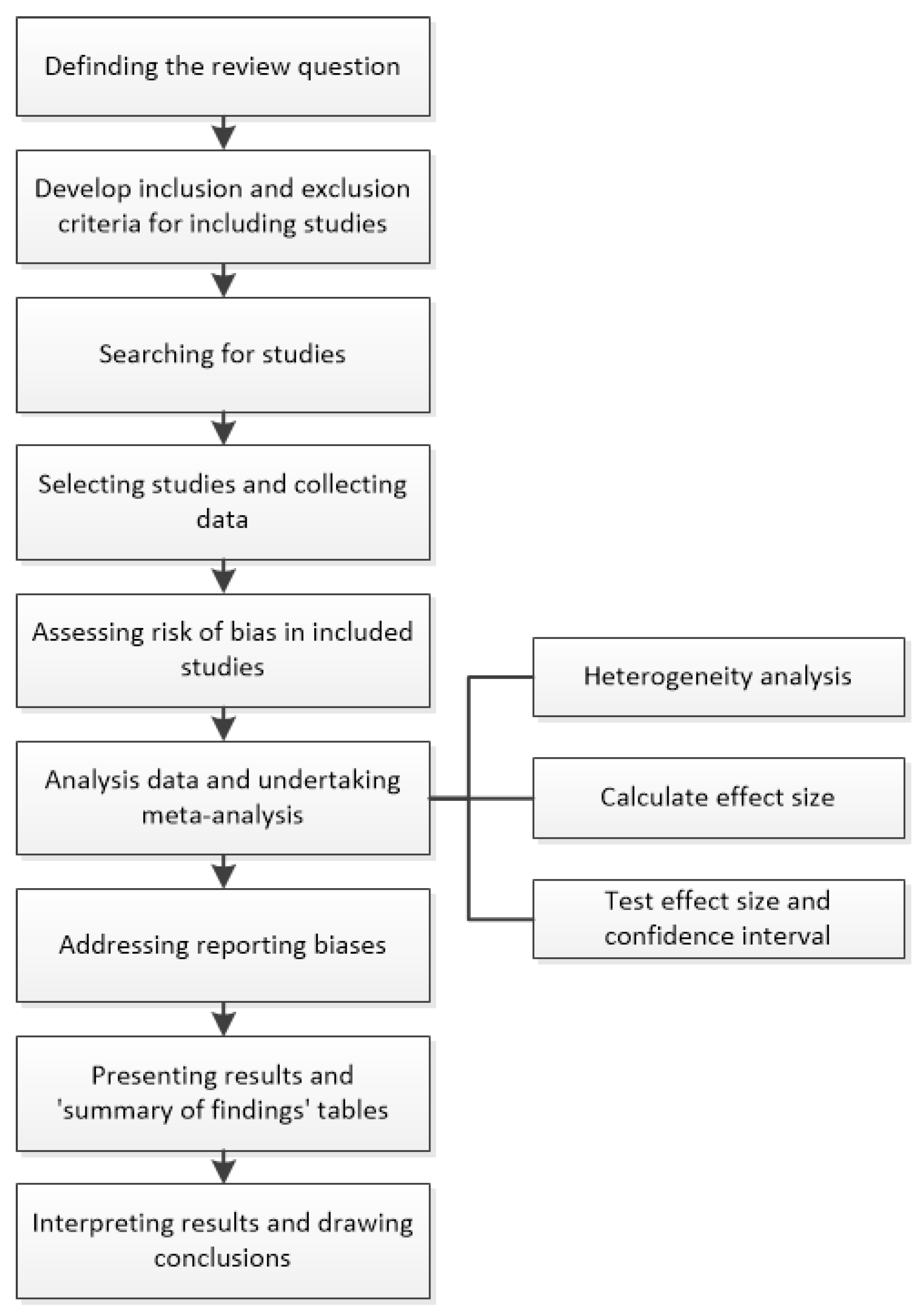
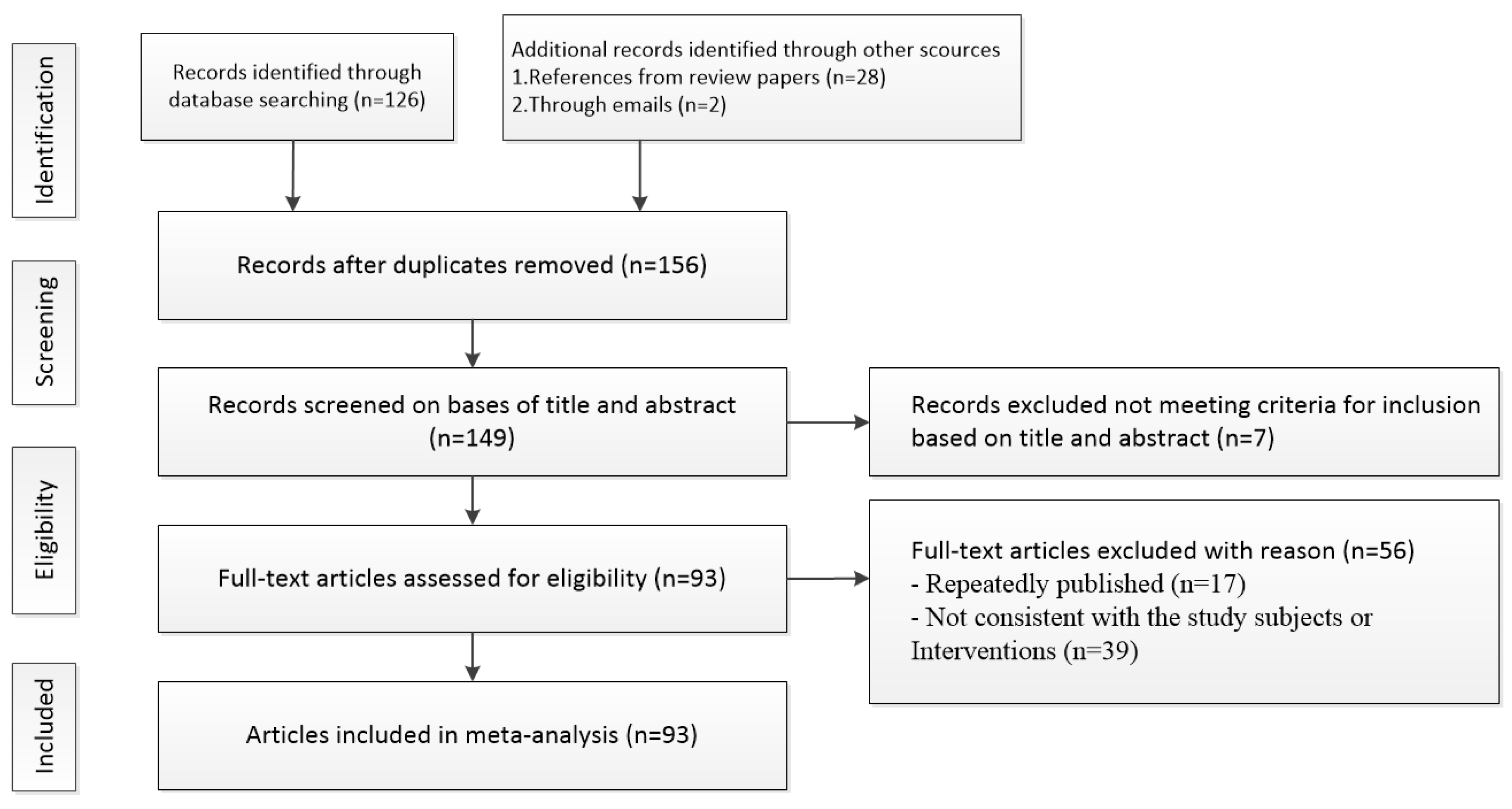
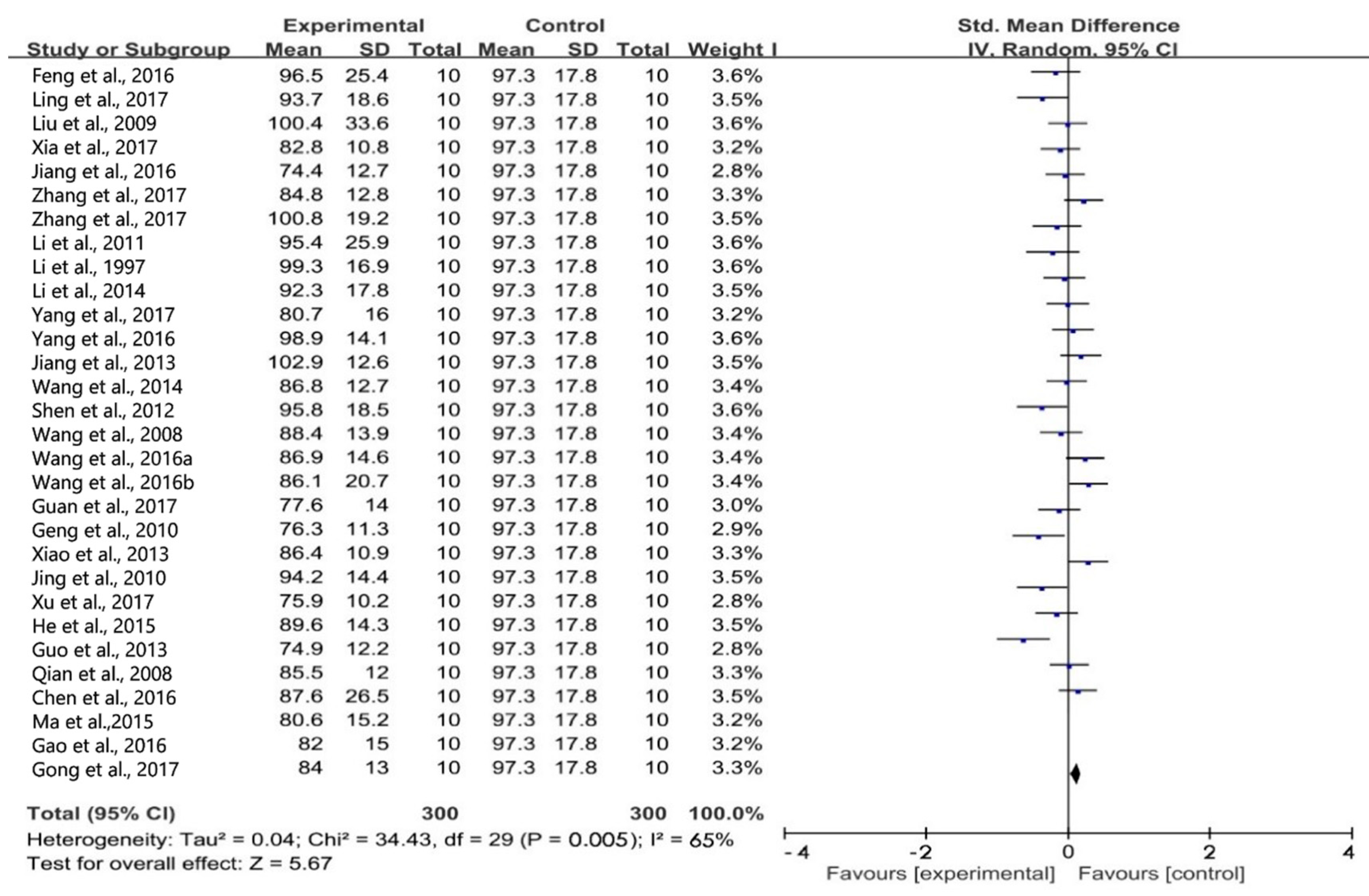
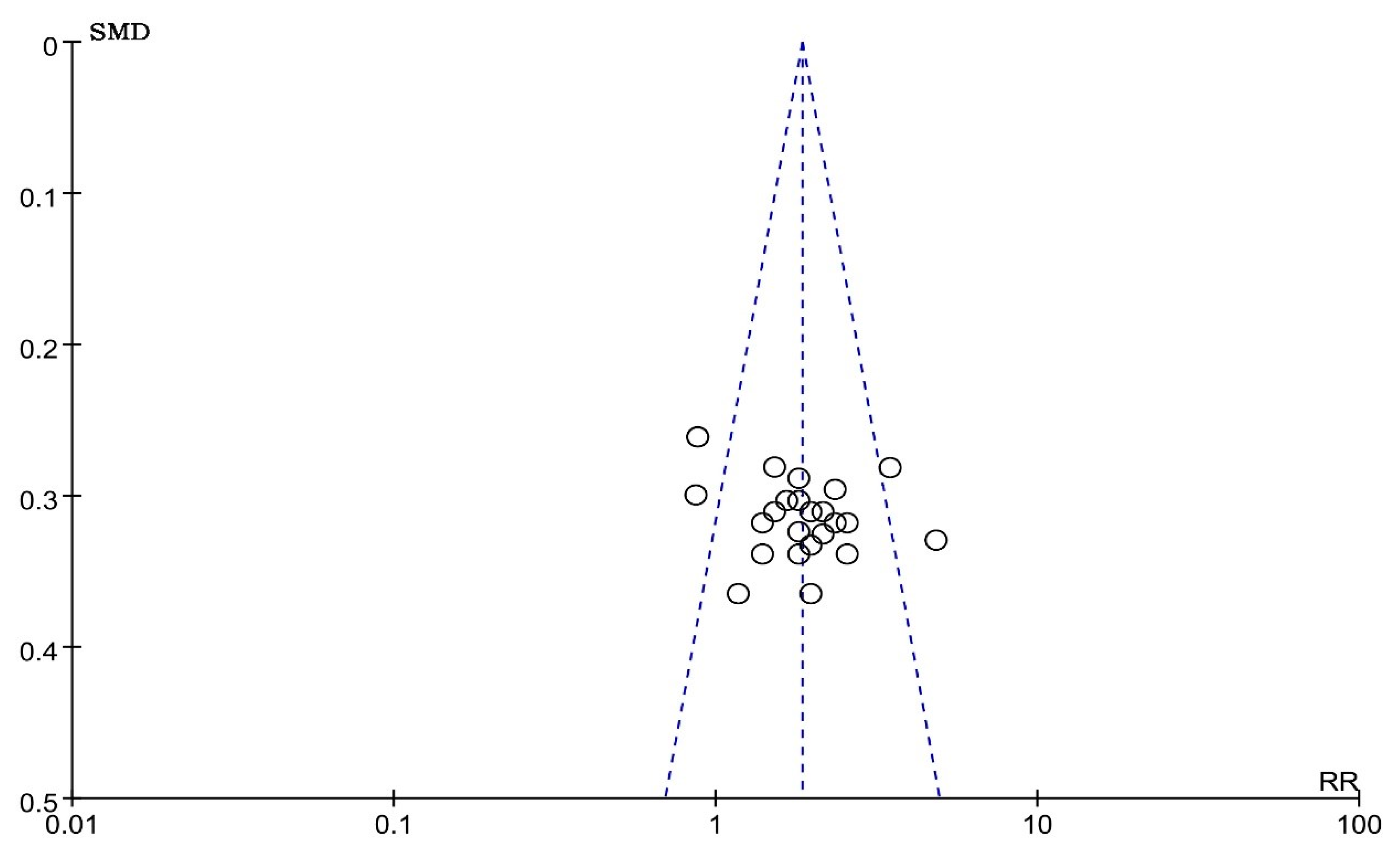
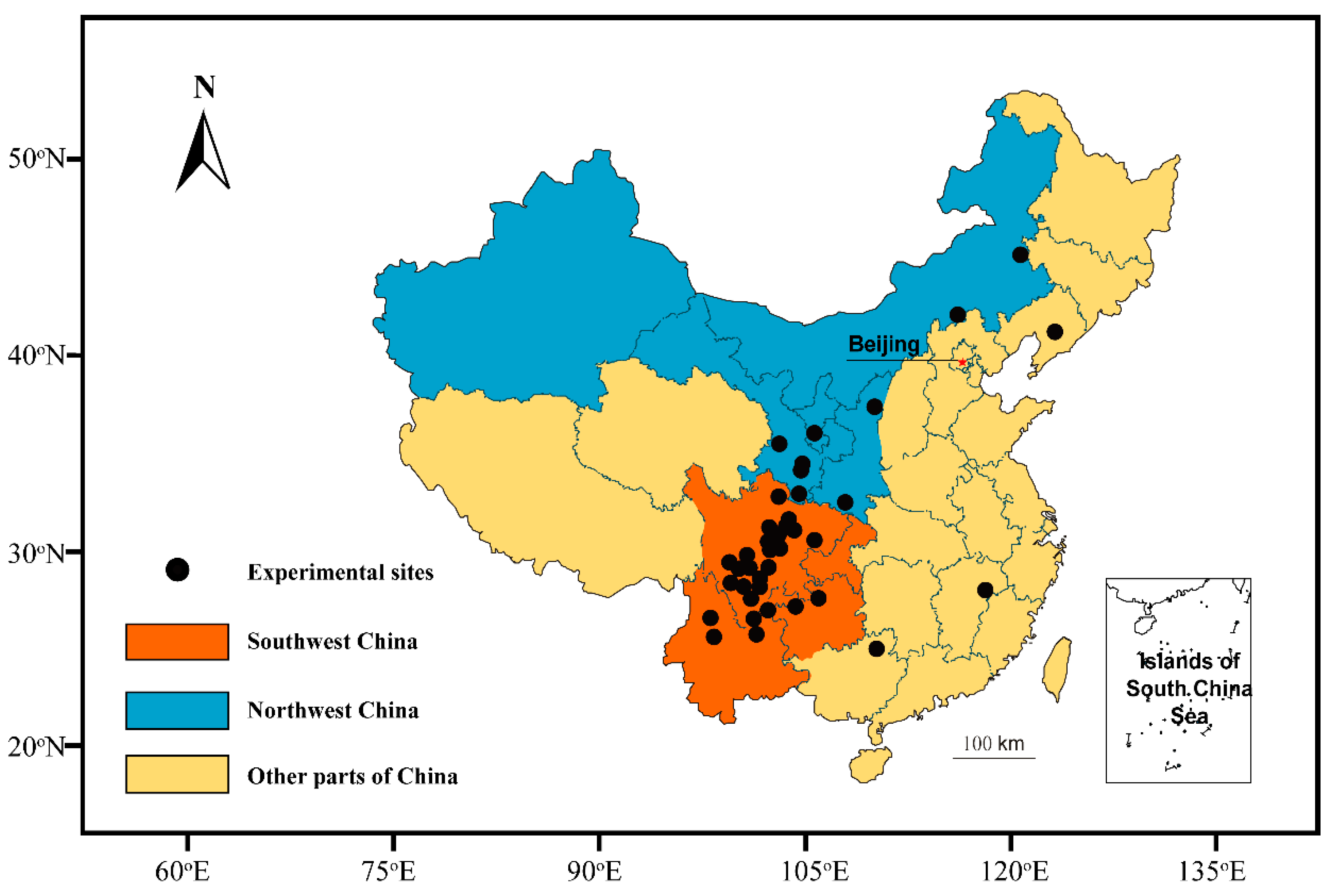
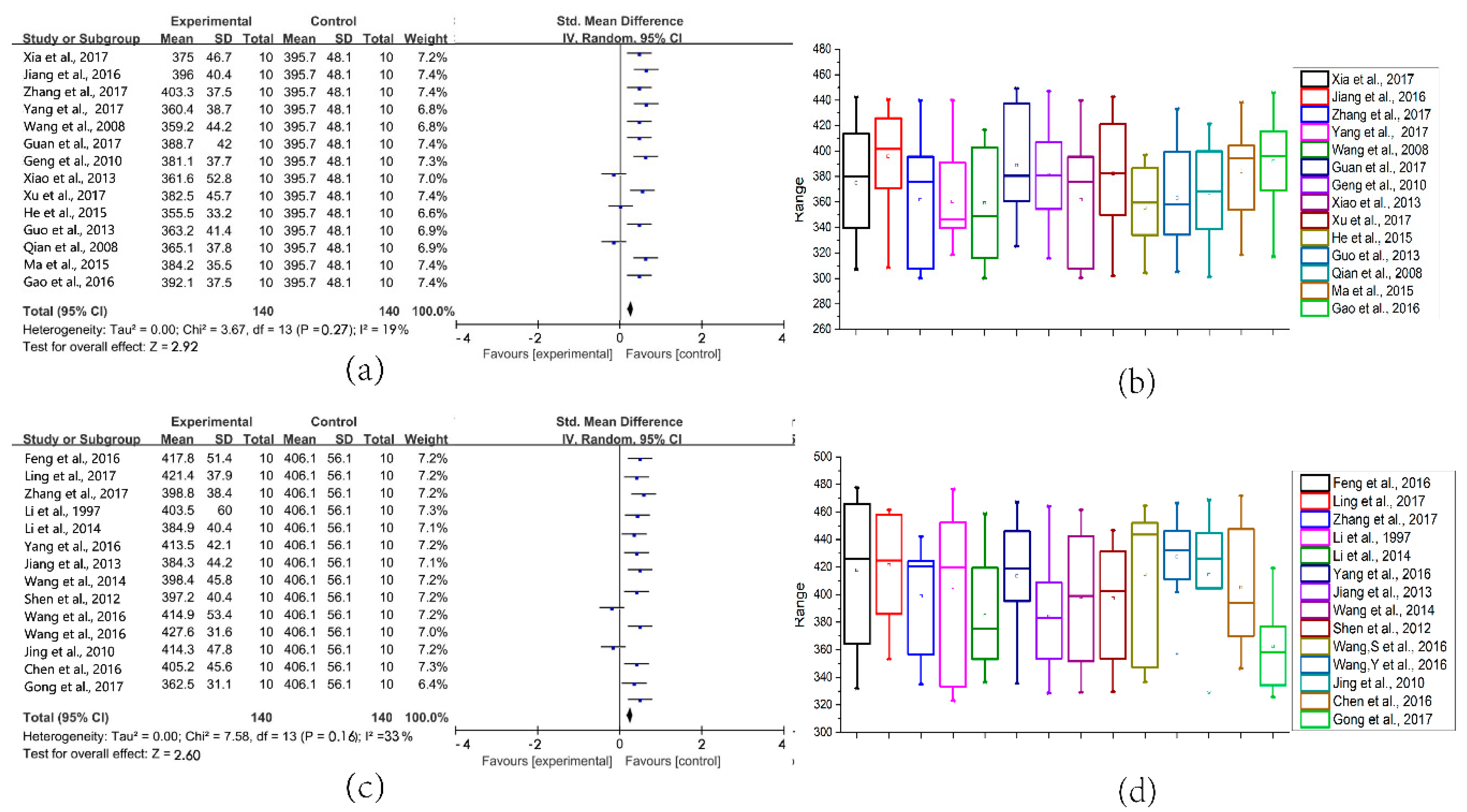
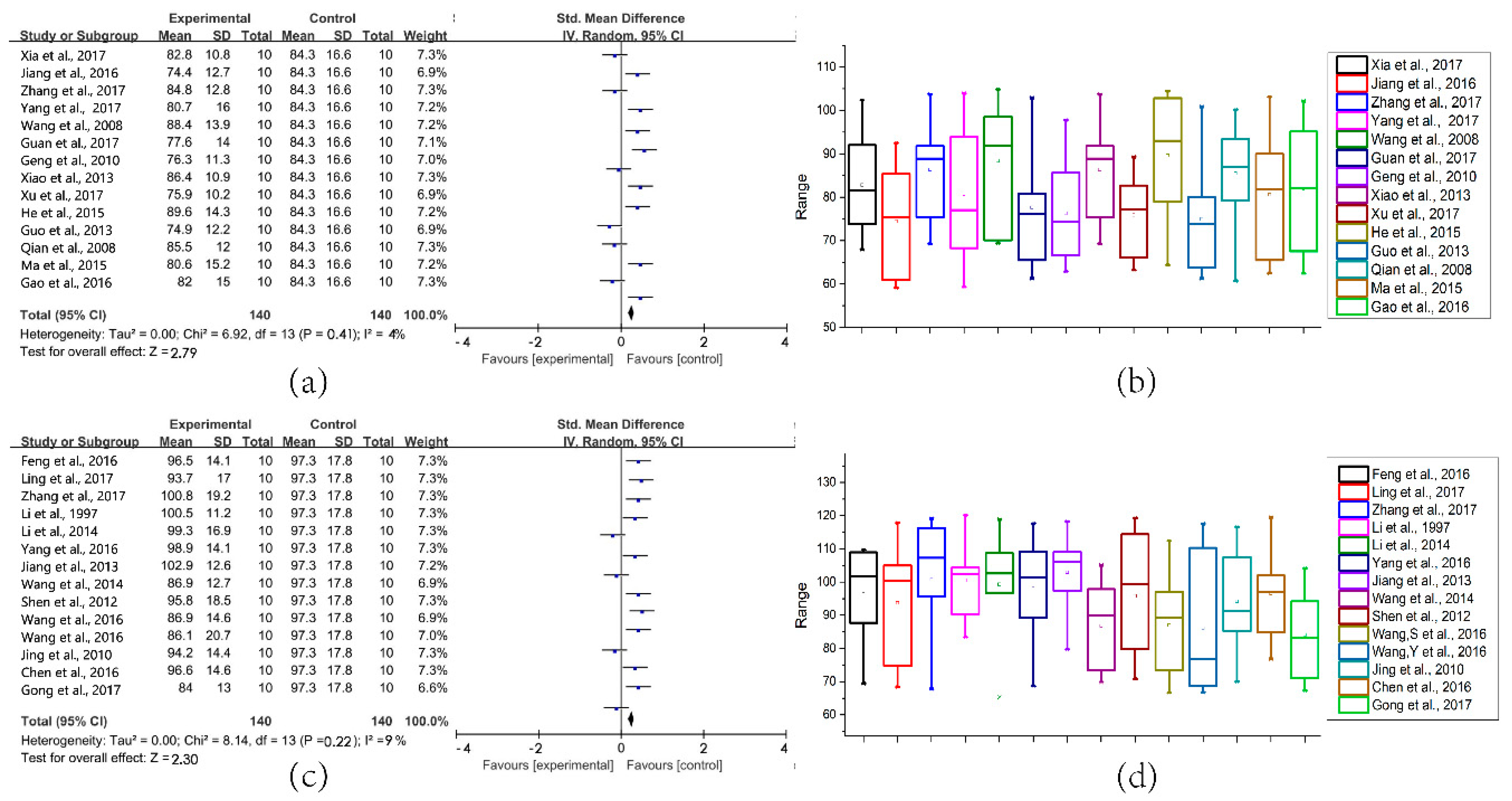
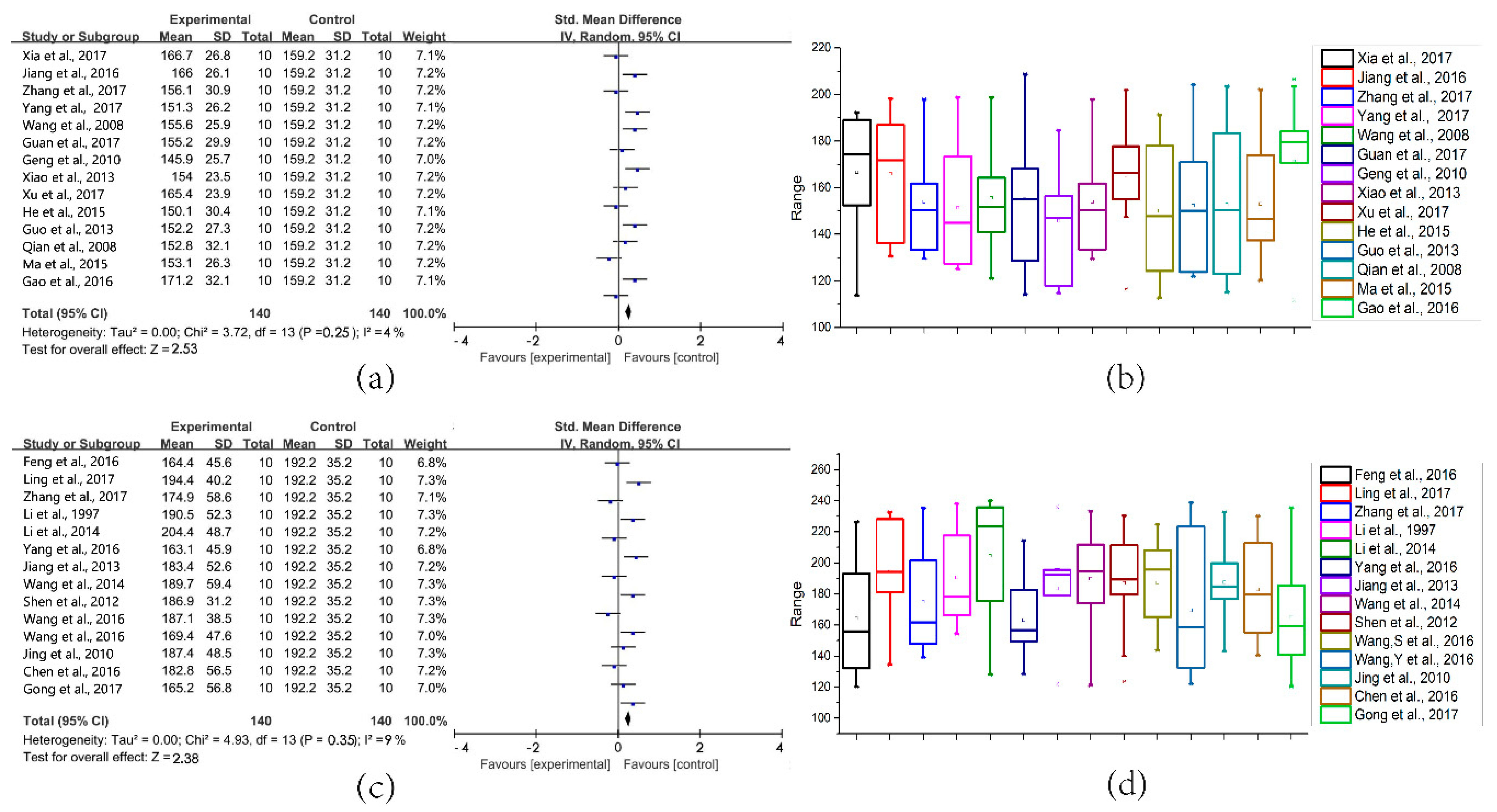
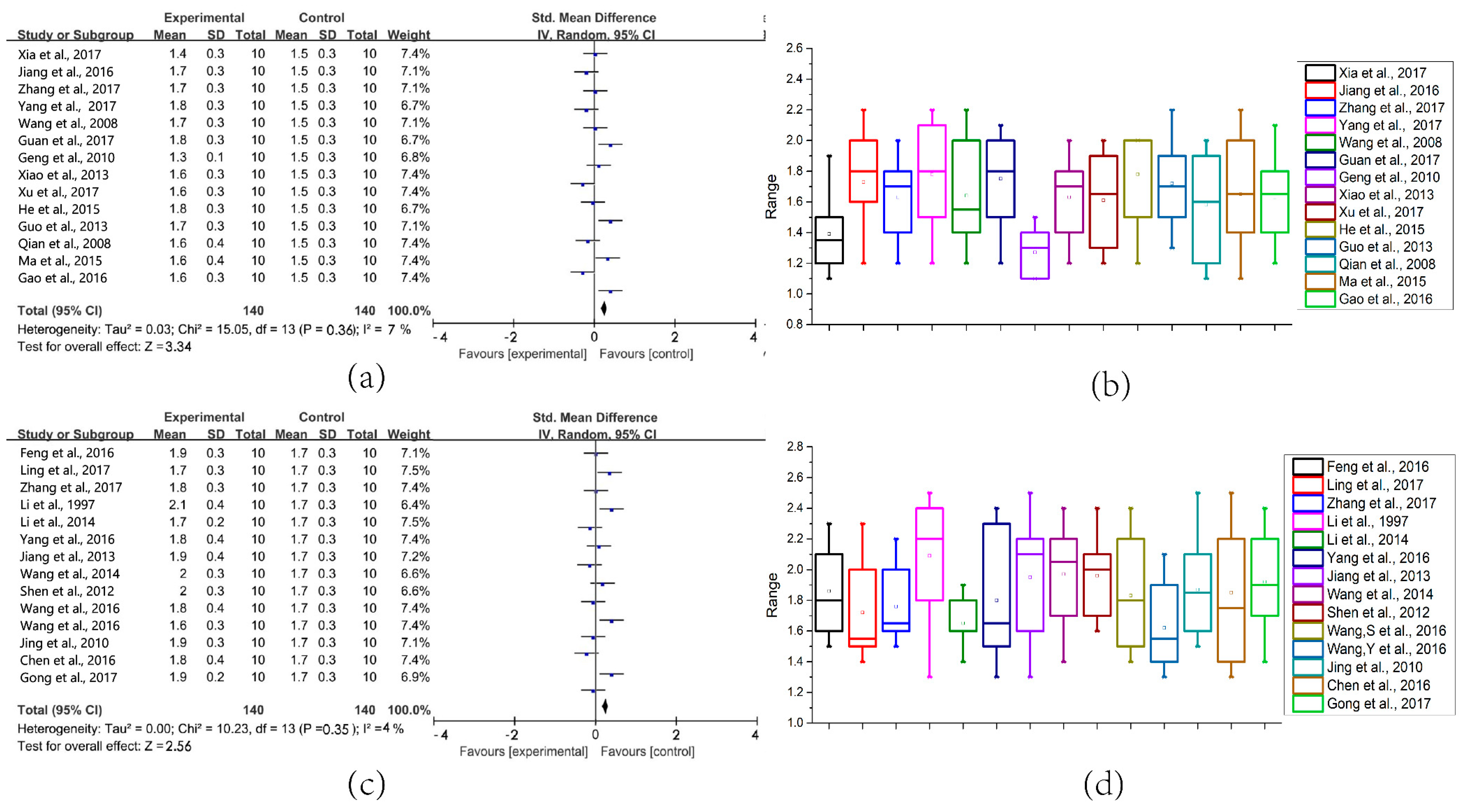
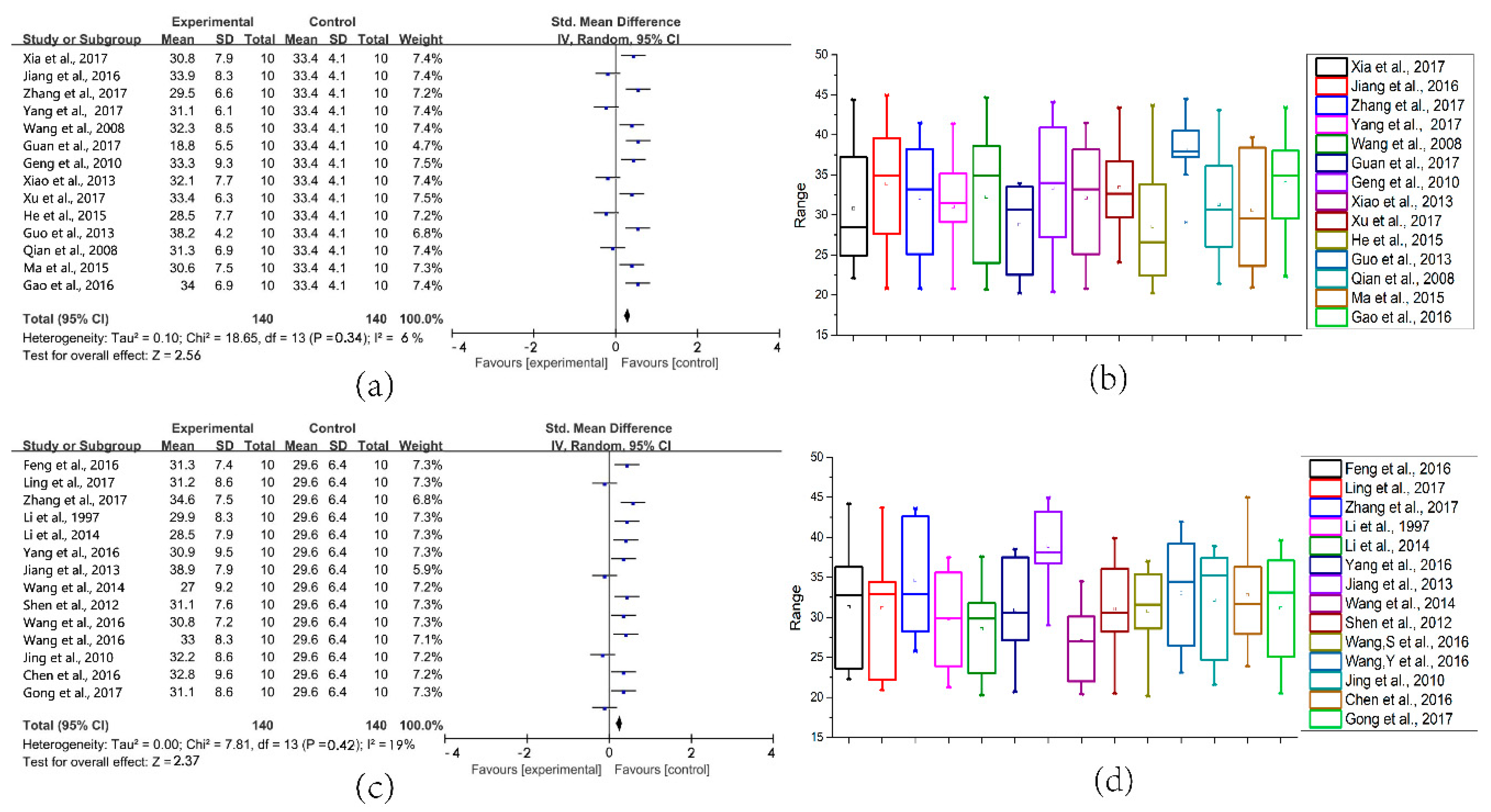
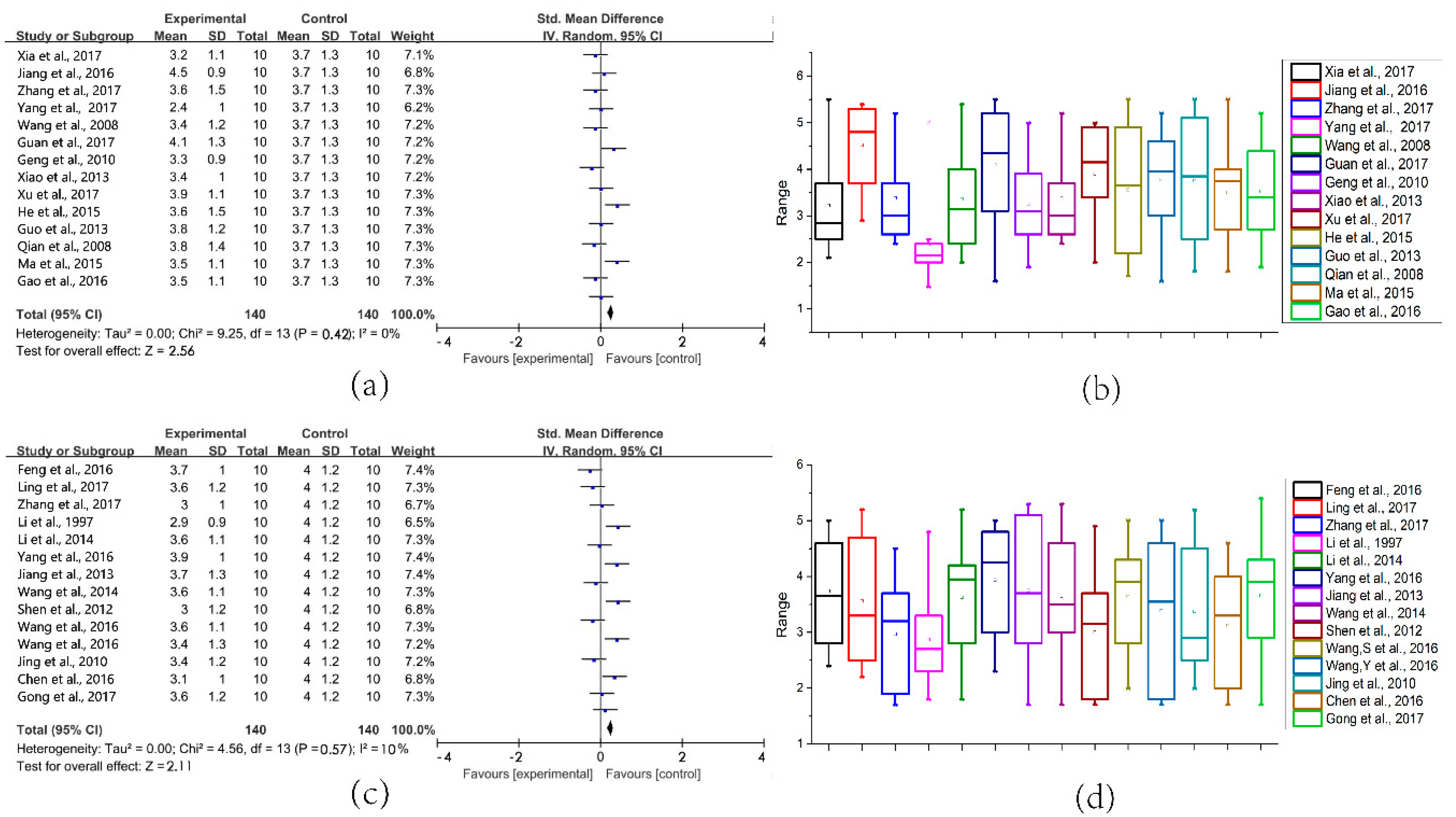
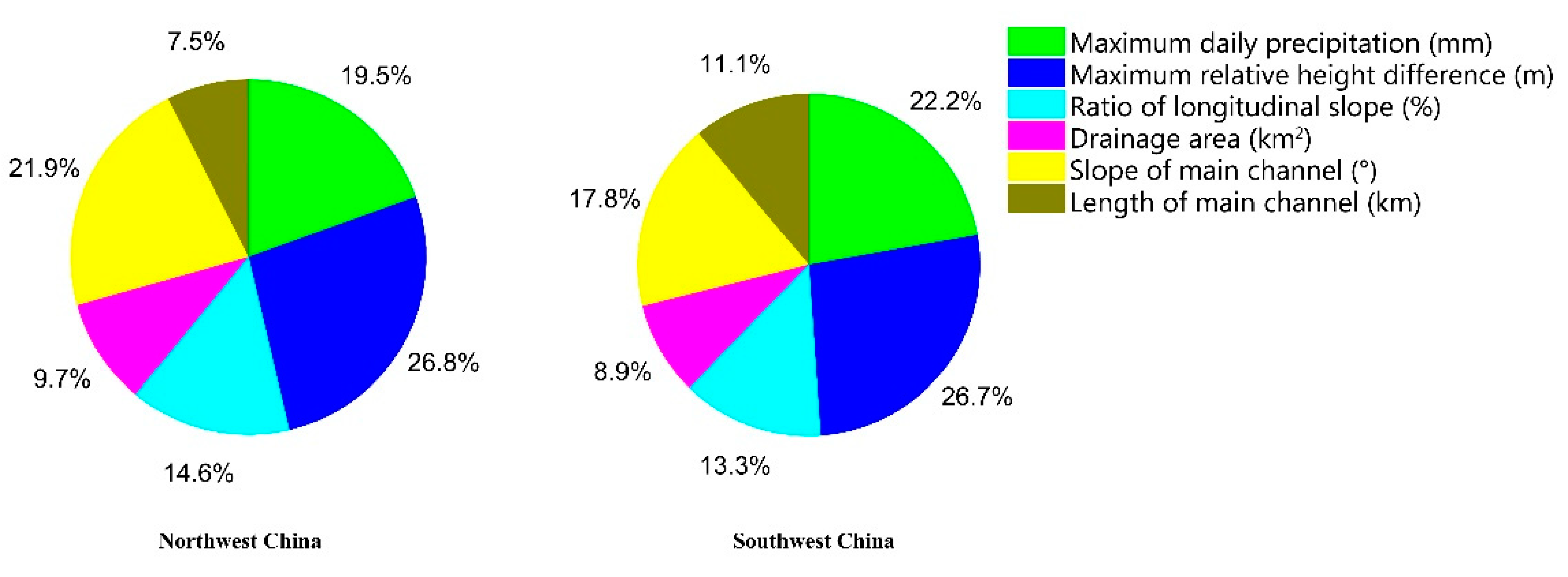
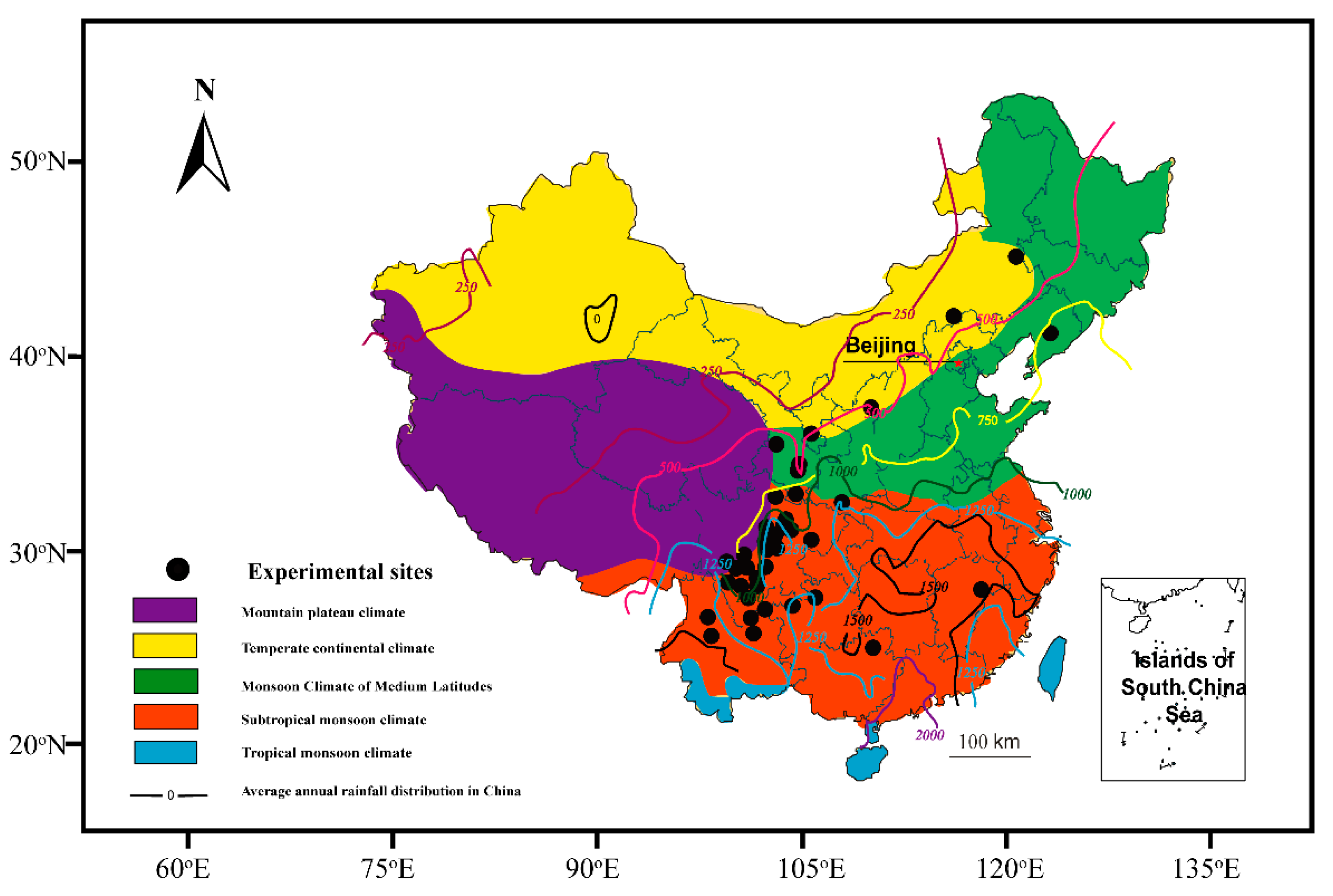
| Study | Type | Location | Number of Gullies | Number of Factors |
|---|---|---|---|---|
| Wang et al., 2014 | Channelized debris flow | Southwest | 9 | 10 |
| Chen et al., 2016 | Channelized debris flow | Northwest | 2 | 7 |
| Guan et al., 2017 | Channelized debris flow | Southwest | 9 | 10 |
| Shen et al., 2012 | Channelized debris flow | Southwest | 7 | 7 |
| Zhang J.D., 2017 | Rainstorm debris flow | Southwest | 1 | 7 |
| Jing et al., 2010 | Channelized debris flow | Southwest | 1 | 10 |
| Geng et al., 2010 | Channelized debris flow | Southwest | 1 | 10 |
| Gong et al., 2017 | Rainstorm debris flow | Southwest | 3 | 3 |
| Liang et al., 2016 | Channelized debris flow | Southwest | 1 | 8 |
| Tian et al., 2014 | Channelized debris flow | Northwest | 1 | 7 |
| Yang et al., 2009 | Channelized debris flow | Northwest | 1 | 8 |
| Li et al., 2014 | Channelized debris flow | Southwest | 2 | 4 |
| Gao et al., 2016 | Channelized debris flow | Northwest | 2 | 8 |
| Yang et al., 2016 | Channelized debris flow | Southwest | 3 | 7 |
| Zhang et al., 2017 | Channelized debris flow | Northwest | 1 | 7 |
| Cao et al., 2016 | Channelized debris flow | Southwest | 3 | 5 |
| Tie et al., 2008 | Channelized debris flow | Southwest | 1 | 7 |
| Jiang et al., 2016 | Channelized debris flow | Northwest | 1 | 7 |
| Yang et al., 2017 | Channelized debris flow | Southwest | 1 | 4 |
| Su et al., 2008 | Channelized debris flow | Southwest | 1 | 7 |
| Zhao J.T., 2016 | Rainstorm debris flow | Northwest | 10 | 10 |
| Wang et al., 2008 | Channelized debris flow | Southwest | 1 | 7 |
| Jiang et al., 2013 | Channelized debris flow | Southwest | 1 | 11 |
| Mu et al., 2012 | Channelized debris flow | Southwest | 17 | 10 |
| Luo et al., 2011 | Channelized debris flow | Southwest | 1 | 7 |
| Xia et al., 2017 | Channelized debris flow | Northwest | 1 | 4 |
| Guo et al., 2017 | Channelized debris flow | Northwest | 1 | 6 |
| He et al., 2015 | Channelized debris flow | Southwest | 3 | 7 |
| Jiang et al., 2017 | Channelized debris flow | Southwest | 1 | 10 |
| Feng et al., 2016 | Channelized debris flow | Southwest | 1 | 10 |
| Xu S.Q., 2016 | Channelized debris flow | Northwest | 1 | 4 |
| Li et al., 2011 | Channelized debris flow | Southwest | 5 | 7 |
| Xu et al., 2017 | Channelized debris flow | Southwest | 1 | 11 |
| Li et al., 2005 | Channelized debris flow | Southwest | 6 | 8 |
| Liu et al., 2011 | Channelized debris flow | Southwest | 5 | 7 |
| Zhi et al., 2010 | Channelized debris flow | Southwest | 1 | 7 |
| Zhao et al., 2016 | Rainstorm debris flow | Southwest | 1 | 7 |
| Zhang et al., 2011 | Channelized debris flow | Southwest | 1 | 4 |
| Guo et al., 2013 | Channelized debris flow | Northwest | 3 | 16 |
| Liu et al., 2010 | Channelized debris flow | Southwest | 1 | 7 |
| Tang et al., 2011 | Channelized debris flow | Southwest | 1 | 7 |
| Ling et al., 2017 | Channelized debris flow | Northwest | 11 | 7 |
| Jin et al., 2016 | Channelized debris flow | Northwest | 1 | 7 |
| Wang et al., 2017 | Channelized debris flow | Southwest | 2 | 7 |
| Experimental Group | MDP (mm) | MHD (m) | RLS (%) | DA (km2) | SMC (°) | LMC (km) |
|---|---|---|---|---|---|---|
| Tianjiagou (1) | 84.7 | 369.7 | 205.5 | 1.1 | 26.8 | 1.9 |
| Tianjiagou (2) | 60.1 | 339.1 | 126.8 | 1.2 | 36.1 | 3.5 |
| Tianjiagou (3) | 99.5 | 433.7 | 121.1 | 1.8 | 31.5 | 5.6 |
| Huachi (1) | 69.0 | 329.1 | 174.6 | 1.4 | 31.4 | 2.9 |
| Huachi (2) | 92.1 | 428.9 | 141.6 | 1.7 | 39.7 | 4.6 |
| Honghegou (1) | 96.8 | 432.8 | 132.6 | 1.9 | 33.3 | 4.6 |
| Honghegou (2) | 81.3 | 449.4 | 196.7 | 1.2 | 39.4 | 5.5 |
| Meijiagou (1) | 101.1 | 393.3 | 194.8 | 1.6 | 29.2 | 2.1 |
| Meijiagou (2) | 100.2 | 337.2 | 149.0 | 1.7 | 34.1 | 3.4 |
| Meijiagou (3) | 58.8 | 443.6 | 149.2 | 1.3 | 32.3 | 2.6 |
| E | 84.3 | 395.7 | 159.2 | 1.5 | 33.4 | 3.7 |
| SD | 16.6 | 48.1 | 31.2 | 0.3 | 4.1 | 1.3 |
| Experimental Group | MDP (mm) | MHD (m) | RLS (%) | DA (km2) | SMC (°) | LMC (km) |
|---|---|---|---|---|---|---|
| Shuijinggou (1) | 59.3 | 353.0 | 127.0 | 1.2 | 31.5 | 2.1 |
| Shuijinggou (2) | 78.6 | 340.1 | 131.3 | 1.8 | 20.8 | 5.0 |
| Shuijinggou (3) | 93.9 | 390.8 | 183.7 | 2.1 | 41.4 | 2.4 |
| Shangzhuogou (1) | 89.2 | 340.0 | 198.8 | 1.9 | 32.6 | 2.1 |
| Shangzhuogou (2) | 72.2 | 318.4 | 173.5 | 2.2 | 22.2 | 2.5 |
| Shangzhuogou (3) | 63.1 | 360.0 | 125.2 | 1.8 | 29.1 | 2.3 |
| Sanyanyugou (1) | 102.8 | 400.4 | 141.9 | 1.5 | 35.8 | 2.0 |
| Sanyanyugou (2) | 103.9 | 339.5 | 147.9 | 1.3 | 35.2 | 2.2 |
| Sanyanyugou (3) | 75.5 | 440.2 | 127.3 | 1.8 | 31.5 | 1.8 |
| Sanyanyugou (4) | 68.3 | 321.9 | 156.2 | 2.2 | 30.5 | 1.5 |
| E | 80.7 | 360.4 | 151.3 | 1.8 | 31.1 | 2.4 |
| SD | 16.0 | 38.7 | 26.2 | 0.4 | 6.1 | 1.0 |
| Experimental Group | MDP (mm) | MHD (m) | RLS (%) | DA (km2) | SMC (°) | LMC (km) |
|---|---|---|---|---|---|---|
| Shenjiagou (1) | 92.6 | 461.5 | 190.5 | 2.0 | 38.1 | 5.1 |
| Shenjiagou (2) | 106.2 | 331.2 | 216.7 | 1.5 | 20.2 | 2.5 |
| Shenjiagou (3) | 88.9 | 458.1 | 128.7 | 1.5 | 37.9 | 3.0 |
| Guandigou (1) | 73.4 | 414.6 | 222.6 | 1.8 | 37.2 | 5.4 |
| Guandigou (2) | 119.0 | 347.5 | 199.8 | 1.9 | 26.2 | 4.5 |
| Qinglinggou (1) | 92.3 | 437.1 | 238.4 | 1.3 | 29.9 | 3.7 |
| Qinglinggou (2) | 118.8 | 444.8 | 221.8 | 2.3 | 27.8 | 5.2 |
| Qinglinggou (3) | 118.1 | 469.4 | 150.2 | 1.7 | 25.2 | 2.3 |
| Yijiagou (1) | 70.6 | 335.9 | 189.4 | 1.6 | 31.2 | 5.2 |
| Yijiagou (2) | 93.3 | 361.1 | 164.3 | 1.4 | 22.9 | 3.0 |
| E | 97.3 | 406.1 | 192.2 | 1.7 | 29.7 | 4.0 |
| SD | 17.8 | 56.1 | 35.2 | 0.3 | 6.4 | 1.2 |
| Experimental Group | MDP (mm) | MHD (m) | RLS (%) | DA (km2) | SMC (°) | LMC (km) |
|---|---|---|---|---|---|---|
| Ziluogou (1) | 106.3 | 408.9 | 195.9 | 2.1 | 38.7 | 2.8 |
| Ziluogou (2) | 118.3 | 380.3 | 195.5 | 1.3 | 45.0 | 3.7 |
| Ziluogou (3) | 84.2 | 361.4 | 194.6 | 2.0 | 44.1 | 1.7 |
| Dongxianggou (1) | 109.1 | 440.3 | 192.4 | 2.2 | 37.5 | 2.3 |
| Dongxianggou (2) | 79.7 | 385.5 | 236.1 | 2.2 | 43.2 | 3.3 |
| Laogangou (1) | 106.3 | 328.6 | 184.4 | 1.6 | 37.5 | 4.5 |
| Laogangou (2) | 116.7 | 389.1 | 141.7 | 1.3 | 29.0 | 5.3 |
| Shuzhenggou (1) | 97.3 | 331.2 | 192.5 | 2.2 | 36.2 | 5.1 |
| Shuzhenggou (2) | 105.8 | 353.7 | 121.9 | 2.5 | 41.0 | 5.1 |
| Shuzhenggou (3) | 105.8 | 464.3 | 179.0 | 2.1 | 36.8 | 3.7 |
| E | 103.0 | 384.3 | 183.4 | 2.0 | 38.9 | 3.8 |
| SD | 12.6 | 44.2 | 31.5 | 0.4 | 4.7 | 1.2 |
| Group | MDP | MHD | RLS | DA | SMC | LMC | ||||||
|---|---|---|---|---|---|---|---|---|---|---|---|---|
| E | SD | E | SD | E | SD | E | SD | E | SD | E | SD | |
| Experimental group 1 | 82.8 | 10.8 | 375.0 | 46.7 | 166.7 | 26.8 | 1.4 | 0.3 | 30.8 | 7.9 | 3.2 | 1.1 |
| Experimental group 2 | 74.4 | 12.7 | 396.0 | 40.4 | 166.0 | 26.1 | 1.7 | 0.3 | 33.9 | 8.3 | 4.5 | 0.9 |
| Experimental group 3 | 84.8 | 12.8 | 403.3 | 37.5 | 156.1 | 30.9 | 1.7 | 0.3 | 29.5 | 6.6 | 3.6 | 1.5 |
| Experimental group 4 | 80.7 | 16.0 | 360.4 | 38.7 | 151.3 | 26.2 | 1.8 | 0.3 | 31.1 | 6.1 | 2.4 | 1.0 |
| Experimental group 5 | 88.4 | 13.9 | 359.2 | 44.2 | 155.6 | 25.9 | 1.7 | 0.3 | 32.3 | 8.5 | 3.4 | 1.2 |
| Experimental group 6 | 77.6 | 14.0 | 388.7 | 42.0 | 155.2 | 29.9 | 1.8 | 0.3 | 28.8 | 5.5 | 4.1 | 1.3 |
| Experimental group 7 | 76.3 | 11.3 | 381.1 | 37.7 | 145.9 | 25.7 | 1.3 | 0.1 | 33.3 | 8.3 | 3.3 | 0.9 |
| Experimental group 8 | 86.4 | 10.9 | 361.6 | 52.8 | 154.0 | 23.5 | 1.6 | 0.3 | 32.1 | 7.7 | 3.4 | 1.0 |
| Experimental group 9 | 75.9 | 10.2 | 382.5 | 45.7 | 165.4 | 23.9 | 1.6 | 0.3 | 33.4 | 6.3 | 3.9 | 1.1 |
| Experimental group 10 | 89.6 | 14.3 | 355.5 | 33.2 | 150.1 | 30.4 | 1.8 | 0.3 | 28.5 | 7.7 | 3.6 | 1.5 |
| Experimental group 11 | 74.9 | 12.2 | 363.2 | 41.4 | 152.2 | 27.3 | 1.7 | 0.3 | 38.2 | 4.2 | 3.8 | 1.2 |
| Experimental group 12 | 85.5 | 12.0 | 365.1 | 37.8 | 152.8 | 32.1 | 1.6 | 0.4 | 31.3 | 6.9 | 3.8 | 1.4 |
| Experimental group 13 | 80.6 | 15.2 | 384.2 | 35.5 | 153.1 | 26.3 | 1.6 | 0.4 | 30.6 | 7.5 | 3.5 | 1.1 |
| Experimental group 14 | 82.0 | 15.0 | 392.1 | 37.5 | 171.2 | 32.1 | 1.6 | 0.3 | 34.0 | 6.9 | 3.5 | 1.1 |
| Control group | 84.3 | 16.6 | 395.7 | 48.1 | 159.2 | 31.2 | 1.5 | 0.3 | 33.4 | 4.1 | 3.7 | 1.3 |
| Group | MDP | MHD | RLS | DA | SMC | LMC | ||||||
|---|---|---|---|---|---|---|---|---|---|---|---|---|
| E | SD | E | SD | E | SD | E | SD | E | SD | E | SD | |
| Experimental group 1 | 96.5 | 14.1 | 417.8 | 51.4 | 164.4 | 38.7 | 1.9 | 0.3 | 31.3 | 7.6 | 3.7 | 1.0 |
| Experimental group 2 | 93.7 | 17.0 | 421.4 | 37.9 | 194.4 | 33.6 | 1.7 | 0.3 | 31.2 | 7.3 | 3.6 | 1.2 |
| Experimental group 3 | 100.8 | 19.2 | 398.8 | 38.4 | 174.9 | 35.3 | 1.8 | 0.3 | 34.6 | 7.3 | 3.0 | 1.0 |
| Experimental group 4 | 100.5 | 11.2 | 403.5 | 60.0 | 190.5 | 29.5 | 2.1 | 0.4 | 29.9 | 5.7 | 2.9 | 0.9 |
| Experimental group 5 | 99.3 | 16.9 | 384.9 | 40.4 | 204.4 | 40.3 | 1.7 | 0.2 | 28.5 | 5.5 | 3.6 | 1.1 |
| Experimental group 6 | 98.9 | 14.1 | 413.5 | 42.1 | 163.1 | 25.3 | 1.8 | 0.4 | 30.9 | 6.1 | 3.9 | 1.0 |
| Experimental group 7 | 102.9 | 12.6 | 384.3 | 44.2 | 183.4 | 31.5 | 1.9 | 0.4 | 38.9 | 4.7 | 3.7 | 1.3 |
| Experimental group 8 | 86.8 | 12.7 | 398.4 | 45.8 | 189.7 | 34.0 | 2.0 | 0.3 | 27.0 | 5.1 | 3.6 | 1.1 |
| Experimental group 9 | 95.8 | 18.5 | 397.2 | 40.4 | 186.9 | 33.9 | 2.0 | 0.3 | 31.1 | 6.0 | 3.0 | 1.2 |
| Experimental group 10 | 86.9 | 14.6 | 414.9 | 53.4 | 187.1 | 29.4 | 1.8 | 0.4 | 30.8 | 5.5 | 3.6 | 1.1 |
| Experimental group 11 | 86.1 | 20.7 | 427.6 | 31.6 | 169.4 | 45.2 | 1.6 | 0.3 | 33.0 | 6.8 | 3.4 | 1.3 |
| Experimental group 12 | 94.2 | 14.4 | 414.3 | 47.8 | 187.4 | 24.3 | 1.9 | 0.3 | 32.2 | 6.6 | 3.4 | 1.2 |
| Experimental group 13 | 96.6 | 14.6 | 405.2 | 45.6 | 182.8 | 31.9 | 1.8 | 0.4 | 32.8 | 6.4 | 3.1 | 1.0 |
| Experimental group 14 | 84.0 | 13.0 | 362.5 | 31.1 | 165.2 | 33.5 | 1.9 | 0.3 | 31.1 | 6.7 | 3.6 | 1.2 |
| Control group | 97.3 | 17.8 | 406.1 | 56.1 | 192.2 | 35.2 | 1.7 | 0.3 | 29.6 | 6.4 | 4.0 | 1.2 |
| Group | p | I2 (%) | Z | Valid Point | |
|---|---|---|---|---|---|
| MDP | Northwest China | 0.41 | 4 | 2.79 | 8 |
| Southwest China | 0.22 | 9 | 2.3 | 10 | |
| MHD | Northwest China | 0.27 | 19 | 2.92 | 11 |
| Southwest China | 0.16 | 33 | 2.6 | 12 | |
| RLS | Northwest China | 0.25 | 4 | 2.53 | 6 |
| Southwest China | 0.35 | 9 | 2.38 | 6 | |
| DA | Northwest China | 0.36 | 7 | 3.34 | 4 |
| Southwest China | 0.35 | 4 | 2.56 | 4 | |
| SMC | Northwest China | 0.34 | 6 | 2.56 | 9 |
| Southwest China | 0.42 | 19 | 2.37 | 8 | |
| LMC | Northwest China | 0.42 | 0 | 2.56 | 3 |
| Southwest China | 0.57 | 10 | 2.11 | 5 | |
| Proportion of Influence Degree (%) | MDP | MHD | RLS | DA | SMC | LMC |
|---|---|---|---|---|---|---|
| Northwest China | 19.5 | 26.8 | 14.6 | 9.7 | 21.9 | 7.5 |
| Southwest China | 22.2 | 26.7 | 13.3 | 8.9 | 17.8 | 11.1 |
© 2020 by the authors. Licensee MDPI, Basel, Switzerland. This article is an open access article distributed under the terms and conditions of the Creative Commons Attribution (CC BY) license (http://creativecommons.org/licenses/by/4.0/).
Share and Cite
Wang, Y.; Nie, L.; Zhang, M.; Wang, H.; Xu, Y.; Zuo, T. Assessment of Debris Flow Risk Factors Based on Meta-Analysis—Cases Study of Northwest and Southwest China. Sustainability 2020, 12, 6841. https://doi.org/10.3390/su12176841
Wang Y, Nie L, Zhang M, Wang H, Xu Y, Zuo T. Assessment of Debris Flow Risk Factors Based on Meta-Analysis—Cases Study of Northwest and Southwest China. Sustainability. 2020; 12(17):6841. https://doi.org/10.3390/su12176841
Chicago/Turabian StyleWang, Yuzheng, Lei Nie, Min Zhang, Hong Wang, Yan Xu, and Tianyu Zuo. 2020. "Assessment of Debris Flow Risk Factors Based on Meta-Analysis—Cases Study of Northwest and Southwest China" Sustainability 12, no. 17: 6841. https://doi.org/10.3390/su12176841
APA StyleWang, Y., Nie, L., Zhang, M., Wang, H., Xu, Y., & Zuo, T. (2020). Assessment of Debris Flow Risk Factors Based on Meta-Analysis—Cases Study of Northwest and Southwest China. Sustainability, 12(17), 6841. https://doi.org/10.3390/su12176841





